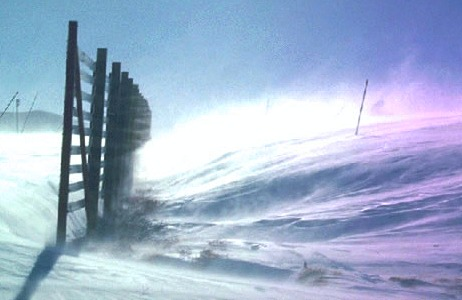Road Safety, Controlling Drifts, and Field Management
Using research done in Wyoming, here are some videos from the University of Wyoming Cooperative Extension Service explaining the benefits and functionality of snow fences.
Have you ever seen these snow fences in operation? Would snow fences be appropriate for your situation? Is the scale of these snow fences too big?

















